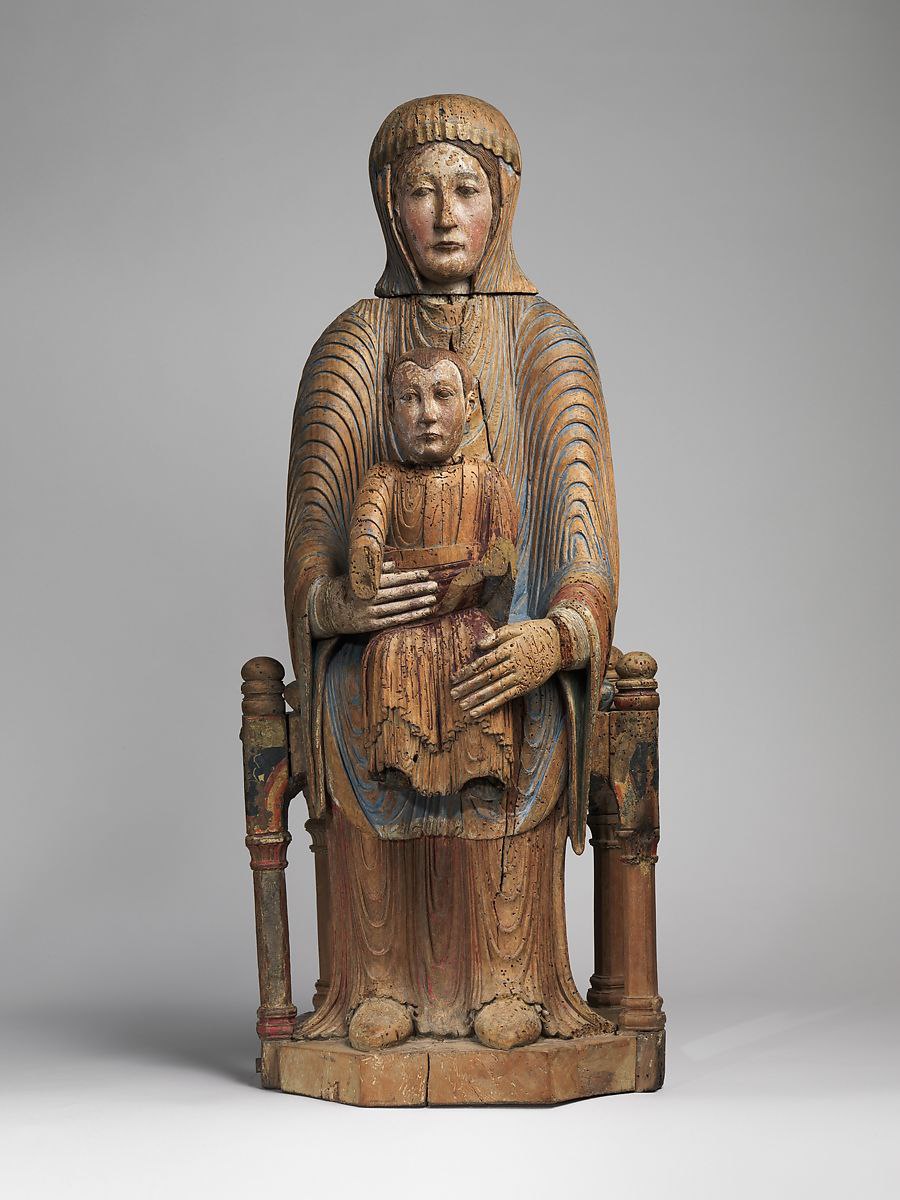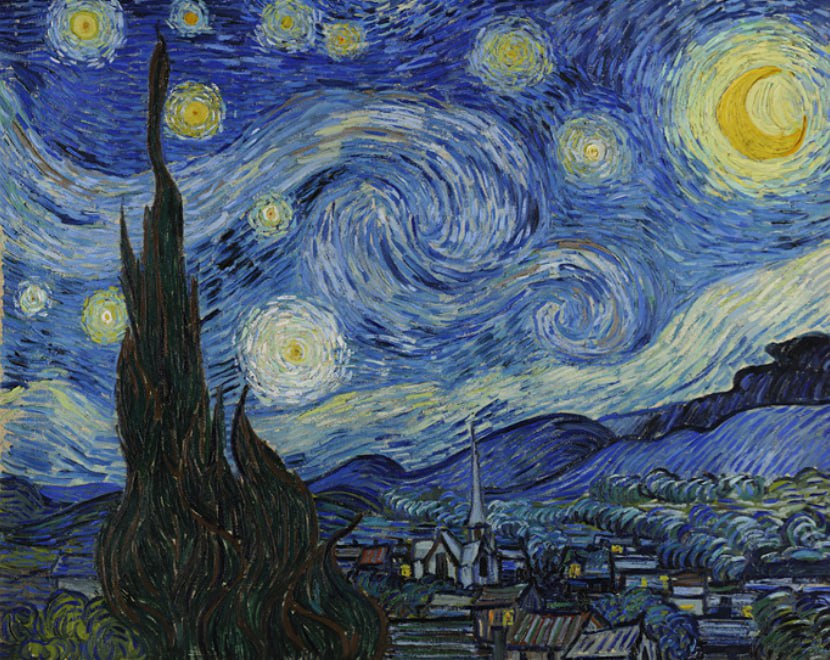The first impression of the Frick Collection is, first of all, the beautiful architecture of the building. Passing through a winter garden with a fountain in the power of a Roman palazzo and starting to inspect the collection, the uninitiated eye will not stop at a small picture in black and white. And together with this you see a unique picture of the great Peter Brueghel the Elder (c. 1525 – 1569) the most important Dutch painter of the 16th century. “Three Soldiers” is a masterpiece made in the power of Grisaille.
Grisaille – a technique of painting with tonal gradations of the same color (monochrome), as well as the creation of hand-drawn bas-reliefs or sculptural elements. It has been popular in Dutch art since the beginning of the 15th century; it is often found on the wings of altars and preparatory sketches for engravings. However, the works of Peter Brueghel the Elder represent one of the earliest and rare examples of grisailles, created for private contemplation and pleasure.
The uniqueness of this work lies in the fact that in this technique we know of only 3 works by the artist. Small grisailles sharply contrast with other works of Peter Brueghel the Elder, who is most often associated with images of everyday scenes and fantastic creatures. Trying to find information about this picture in books and on the Internet, I accidentally stumbled upon a description of the exhibition with a noteworthy name: Black-and-white Bruegel: reunion of three grisailles. The exhibition was held in London in the spring of 2016. And all would be fine, but in the charter of the Frick Collection, its creator and owner forbade the transfer of works of art for any exhibitions outside the museum. This information gave rise to return to the museum. I asked the gallery manager a question and received an exhaustive answer that this could never happen! In a strange way, my curiosity turned into a detective investigation. Thanks to the museum staff, together we found the answer to my question. It turns out that after the death of the owner of the collection, the museum is actively replenishing the exposition with new works. And the “Three Soldiers” were acquired by the museum in 1969. All works that have enriched the collection after 1919 do not fall under the strict prohibition of Henry Frick and can participate in exhibitions. It was surprising that this information was a discovery not only for me, but also for the museum staff.
 " alt="My little detective." loading="lazy">
" alt="My little detective." loading="lazy">



